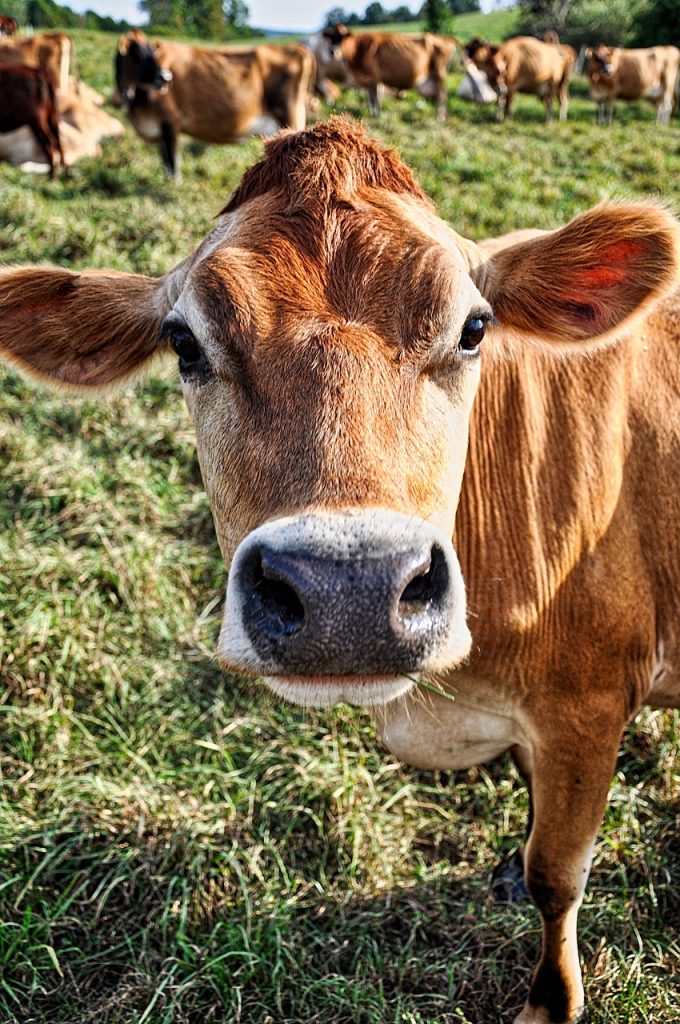The farm and production: I consult to dairy farmers Rick and Dianna Bourke whose farm is in
Eiffelton, 15 minutes away from Ashburton. The farm is approximately 10 km from the Canterbury East Coast.
They have a Jersey herd of 740 cows, with cow weights on average being 425 kg. The cows diet
consists mainly of pasture with in shed feed of 2 kg of a blend/cow/day and the farm is irrigated.
The average farm milk production over the past three years has been 350,000 MS/year with the
average cow production being 480 MS/cow.
If you don’t test you cannot manage: The farm was comprehensively soil tested (called soil
benchmarking a farm) to determine the nutrient and soil pH status of the farms in winter of 2020
when cows were wintered off. Tests included anion storage capacity (ASC), cation storage capacity (CEC), Olsen P, resin P, Sulphate-S; exchangeable calcium, magnesium, potassium and sodium; TP, TS, TN, TC, organic matter, and trace elements boron, copper, zinc, cobalt, selenium and molybdenum.
Through a comprehensive testing and data analysis, paddocks were identified that were below
optimum, at optimum or above optimum for each nutrient. From this nutrient density maps were created for each nutrient or soil parameter. The results from the testing showed that the soil on the farm had low Phosphate retention (ASC) and Sulphur retention ability.
Pasture and clover only was determined for its nutrient content in spring and autumn when the pasture is actively growing. Pasture growth rates and pasture covers on the farm are measured weekly by GrassCo.

Minimal N and Fertiliser use:
The nitrogen applied on the farm over the last 3 years has been on average 74 kg N/ha/year, applied via foliar spray using a 6200 L AMAZONE spray unit. Other elements and trace elements that can be solubilised are applied with the foliar nitrogen as required based on soil and pasture testing.
Lime was applied to achieve a soil pH of ~ 6.4
Phosphate applied to paddocks as RPR or Di-calcic if Olsen P <20 and P withheld if Olsen P >30.
Sulphur applied at 30 kg/ha using elemental S to all paddocks.
The soils were very compacted. One of the reasons for the compacted soils is because of the
naturally high magnesium levels. To help fix the compaction issue and aerate the soil, the
Agraforum soil conditioning program was used.
Forage with multi species:
Multi species (~ 9 – 11 species) was grown on a few paddocks and compared to rye grass/clover
paddocks. A root enhancing product was applied to improve root growth.
Outcomes from the visit as summarised:
Duncan Barr, is measuring the grass growth using GrassCo technology on the farm, commented: “It is very noticeable how good, even and dense the pasture growth is compared to other farms”. “It’s as if they are using 300 kg/ha/year of nitrogen when they are actually using much less”.
This farm has low, but efficient use of fertiliser and nitrogen to produce quality pasture, and consequently the cost to produce milk is very low.
Cows produce extra 1 Litre of Milk when cows graze on multi species paddock compared to when grazed on just ryegrass clover paddocks.
This is an extra 0.1 kg of milk per cow which equates to ~$0.90/cow/day. So, for the 740-cow herd it is an extra income of ~$660 per day when the multi species is grazed. The plan now is to put more paddocks into multi species.

